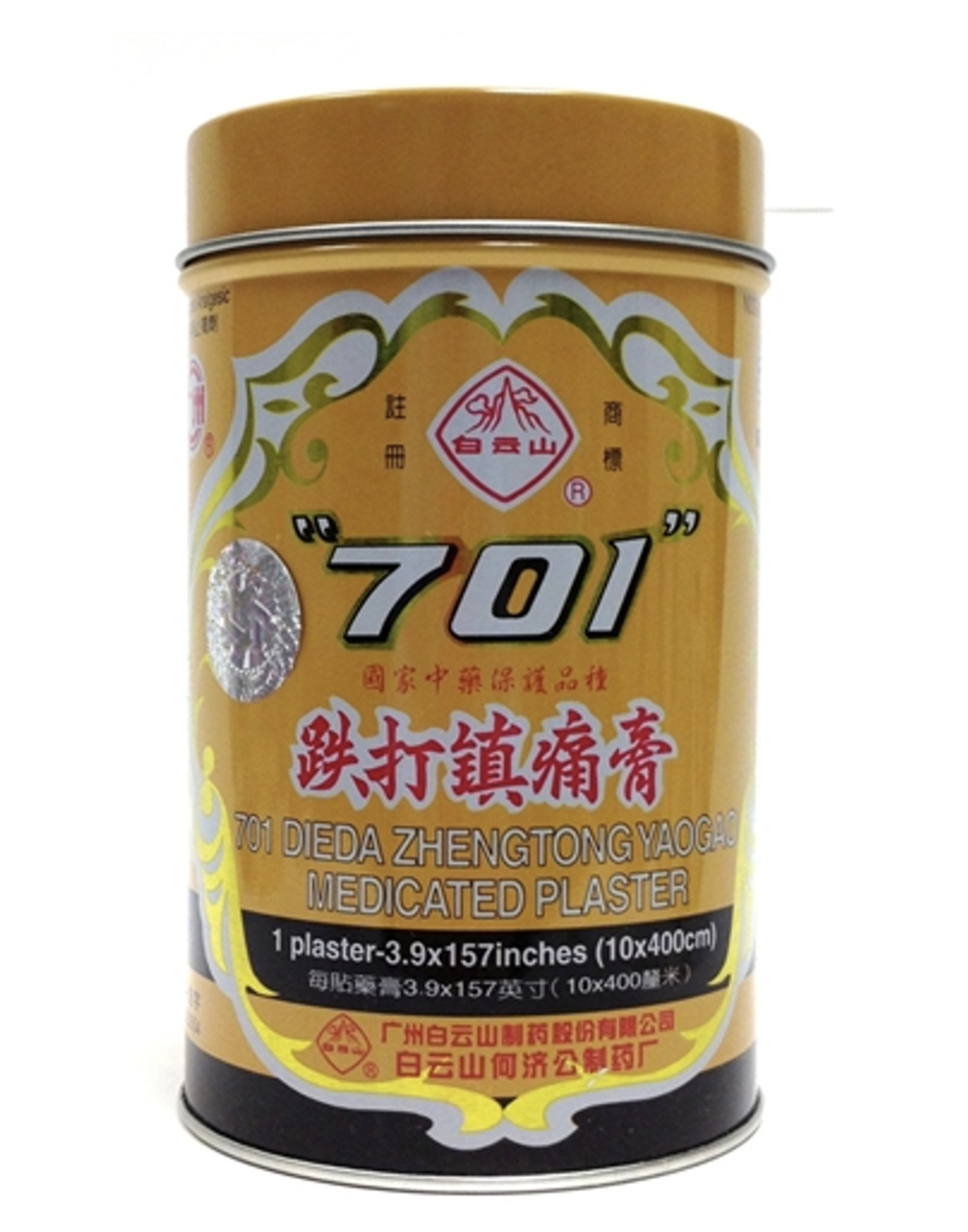Chinese Medicine and Plantar Fasciitis
What is Plantar Fasciitis?
“Plantar fasciitis is one of the most common causes of heel pain.” According to the Mayo Clinic. “It involves inflammation of a thick band of tissue that runs across the bottom of each foot and connects the heel bone to the toes (plantar fascia).”
I have been seeing a lot of plantar fasciitis in the clinic this year. I, myself have even had a history of dealing with it.
A hallmark sign of plantar fasciitis is stabbing heel pain in your first steps off the bed in the morning. The pain typically decreases as you get up and move around but can be worse with long periods of standing or if you’ve been sitting for a long period of time and first get up.
The Mayo Clinic says “The cause of plantar fasciitis is poorly understood. Tension and stress on the fascia can cause small tears. Repeated stretching and tearing of the facia can irritate or inflame it, although the cause remains unclear in many cases of plantar fasciitis.”
Sometimes, a heel spur or bone spur develops. The Cleveland Clinic says, it is a “bony growth that pokes out from the bottom of your heel, where your heel bone connects to the ligament running between your heel and the ball of your foot (the plantar fascia). Heel spurs affect about 15% of people. Heel spurs develop over time.”
Having foot pain as a New Yorker is not ideal. Walking is our transportation! Even for those of us that Uber, Lyft and take the subway, much of our commute still involves walking more steps than the average American. I know getting back on your feet without pain is important. Most of my treatment plans for plantar fasciitis include: regular acupuncture, electroacupuncture (e-stim), moxibustion, herbal plasters, herbal soaks and modifying footwear.
What is Electroacupuncture?
Electroacupuncture (e-stim) the use of small electrodes attached to the acupuncture needles and a mild electrical current is passed through them, stimulating the underlying nerves and muscles. E-stim is often used to treat a variety of conditions, such as chronic pain, headaches, arthritis, and nausea, among others. It is also commonly used in rehabilitation therapies and sports medicine. E-stim can feel like tapping or pulsing that is often described as relaxing. E-stim is considered to be a safe and effective treatment modality. Studies often show that e-stim can be more effective than traditional acupuncture.
A small trial conducted in 2012 (Kumnerddee & Pattapong) compared two groups with chronic plantar fasciitis. One group received conventional treatments of stretching, shoe modifications and analgesics while the second group received the same treatments along with 10 sessions of electroacupuncture, twice a week. At 6 weeks, the electroacupuncture group showed better foot function and reduced pain. Ultimately a success rate of 80% improvement of chronic plantar fasciitis was achieved with the use of conventional treatment and electroacupuncture. These results lasted for at least six weeks.
A 2017 meta-analysis of randomized controlled trials found that electroacupuncture was effective in reducing pain and improving function in patients with plantar fasciitis. (Thiagarajah AG)
An additional study published in 2021 found that electroacupuncture combined with traditional acupuncture was more effective than traditional acupuncture alone in reducing pain and improving function in patients with plantar fasciitis. (Wang, et. al)
What is Moxibustion?
Moxibustion is heat therapy in which prepared mugwort is burned on or close to the affected area, acupuncture point or meridian. The burning of moxibustion gives off infrared waves that promote the healing of tissues. Moxibustion heat therapy is different from other types of heat therapies because the body’s tissues will retain the warmth for much longer. Heat is used often to treat injuries because it increases circulation in injured tissues in order to promote repair.
A 2015 observational study looked at the efficacy of grain-sized moxa in the treatment of plantar fasciitis. At the conclusion of the study moxibustion treatment was found to be 95% effective.
Recommended Topical Products
Read about my personal experience with plantar fasciitis. Learn more about moxibustion.
Use the code ‘BLOG’ for $25 off on an initial acupuncture visit
or ‘PREPARE’ for $20 off an already discounted acupuncture 3 pack
Written by Dr. Emily Siy, DACM 3/20/23
Sources
Plantar Fasciitis, Mayo Clinic https://www.mayoclinic.org/diseases-conditions/plantar-fasciitis/diagnosis-treatment/drc-20354851
Heel Spurs, Cleveland Clinic https://my.clevelandclinic.org/health/diseases/21965-heel-spurs
Deng H, Shen X. (2013) The mechanism of moxibustion: ancient theory and modern research. Evidence Based Complementary Alternate Medicine. 2013:379291. Epub 2013 Sep 12. PMID: 24159344
Kumnerddee, W., Pattapong, N. (2012) Efficacy of Electroacupuncture in Chronic Plantar Fasciitis: A Randomized Controlled Trial, The American Journal of Chinese Medicine Vol. 40, No. 06, pp. 1167-117
Lin X, Huang K, Zhu G, Huang Z, Qin A, Fan S, Zhang J, Huang R (2017) Electro-acupuncture therapy in chronic plantar fasciitis: A randomized controlled trial BMC Complement Altern Med. Jun 7;17(1):384.
Thiagarajah AG.(2017) How effective is acupuncture for reducing pain due to plantar fasciitis? Singapore Med J. 2017 Feb;58(2):92-97. Aug 16.
Wang W, Liu Y, Jiao R, Liu S, Zhao J, (2021) Liu Z. Comparison of electroacupuncture and manual acupuncture for patients with plantar heel pain syndrome: a randomized controlled trial. Acupuncture Medicine Aug;39(4):272-282





